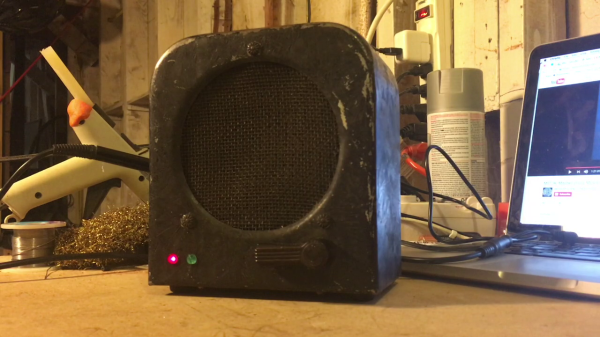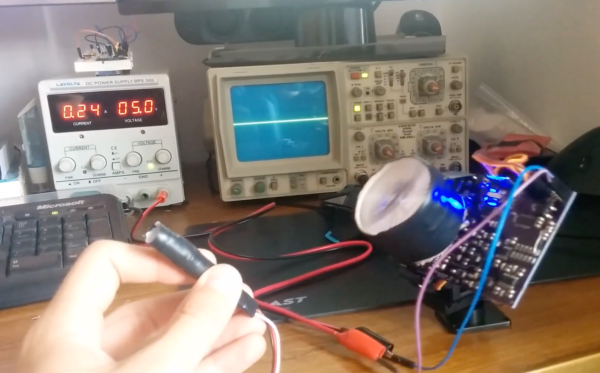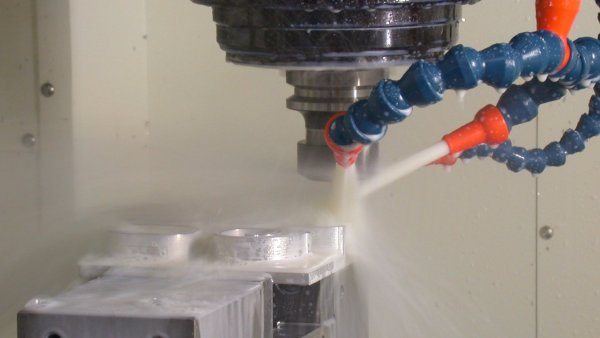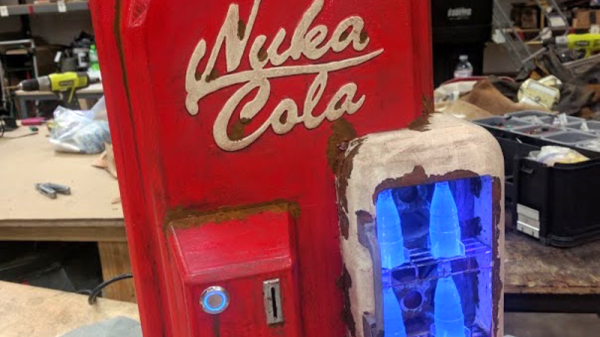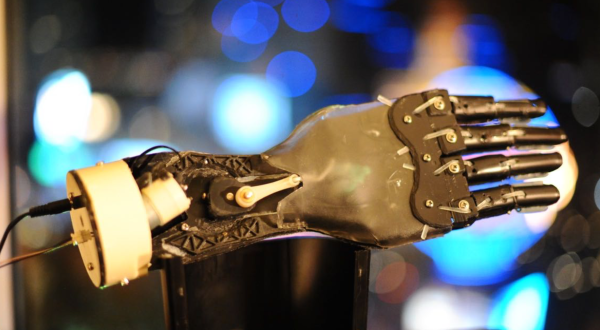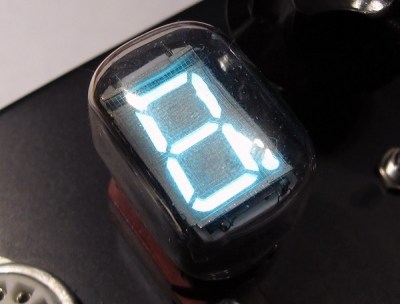The Amazon Echo is a pretty cool piece of tech: it lets you ask questions, queue up music, find out the weather, and more, without having to do anything but talk. But, the device itself is a bit pricey, and looks a little boring. What if you could have all the features of the Echo, but in a cool retro case and at a cheaper price?
Well, you can, and that’s exactly what [nick.r.brewer] did, using a ’50s intercom and a Raspberry Pi. He picked the vintage intercom up at an antique store for $20, and the Raspberry Pi Zero is less than $10. So, for about $30 (and some parts most of us have lying around) he was able to build a cool looking device with all of the capabilities of the Amazon Echo.
The hardware portion of the build was pretty straightforward, with the Raspberry Pi, a sound card, WiFi dongle, USB hub, and microphone all fitting nicely inside the case of the intercom. The software side of things is a little more tricky, but with a device like this it runs well with Amazon’s Alexa SDK. Of course, if you want to add more hardware features, that’s possible too.
Continue reading “Retrofitting A Vintage Intercom To Run Amazon Alexa”

